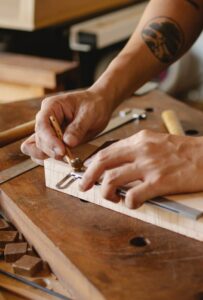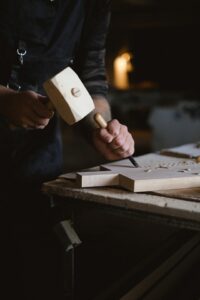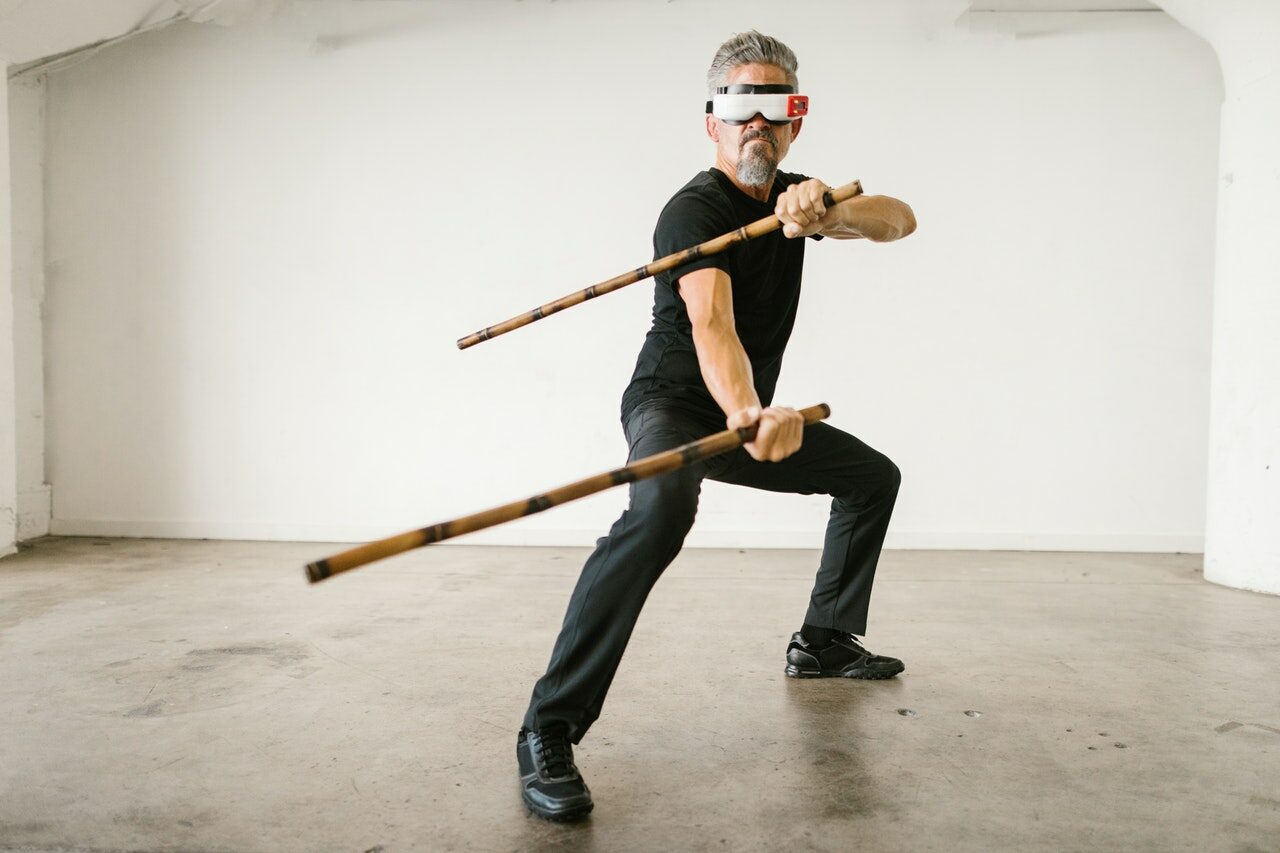Every culture is known for something, or more likely, a multitude of things. Exploring the world, one can find cultural wonders no matter where they end up being. Small things like cuisine to large things like architecture, things change from country to country.
Japan is not like other countries. They have had influence from the nearby Chinese, but over the centuries, Japan has developed art, architecture, music and many other things in their own way. Japanese carpentry or Japanese woodworking, is one of those things. It is a very special way of making things using only wood. Let us dive deeper into the topic.
What is Japanese Woodworking?

Japanese woodworking was introduced by the Chinese at some point in the 10th century.
Chinese woodworking is similar to Japanese, to an extent. Most of the tools that the Japanese use for their woodworking, also known as joinery, are almost the same as the ones the Chinese use. Some of the tools have been adapted to meet personal needs.
Japanese woodworking, also known as joinery, focuses on making anything from buildings to furniture, using only wood. No other materials such as glue, nails, screws can be used. Electric tools are also out of the question.
The joints are designed in a very deliberate way, to make sure that when two are connected, they stay that way. This includes a lot of clever designs, for both smaller objects like ornate boxes, to more complex things like a tea house.
Japanese woodworking is done with a family of tools designed specifically for it.
Japanese Woodworking Tools
The tools used to make furniture and buildings using nothing but the said tools and wood, are very specific. The tools are often divided into different groups of tools, with each group having some variations of the tool.
The saw is the first tool, called the nokogiri. It is different to other saws because it cuts on the pull part of the stroke, rather than the push. This allows for very thin and precise cuts, required to make joints.

The plane is the next tool, called the kanna. The kanna is made out of a wooden block, laminated blade, as well as a sub-blade. Unlike most planes, the kanna has a convex blade, whereas typically, it would be flat.
The chisels in Japanese woodwork are called nomi. There are plenty of different chisels in this family, from striking chisels, bench chisels, chisels for heavy timber, paring chisels, as well as many more. Like the kanna, they are made out of laminated steel, softer or harder, depending on the purpose.
Why Joinery Instead of Traditional Woodwork?
The Japanese did not have access to iron for a long period of time, at least, they did not have easy access. Extreme humidity also presented a problem for traditional woodworking due to rot.
Nails or any other holes in wood lead to an increased possibility of rot. Combined with humidity, this leaves little room for error when it comes to woodwork.
Japanese woodwork is also called joinery and it involves using only wood and hand tools to make anything from boxes to buildings.

